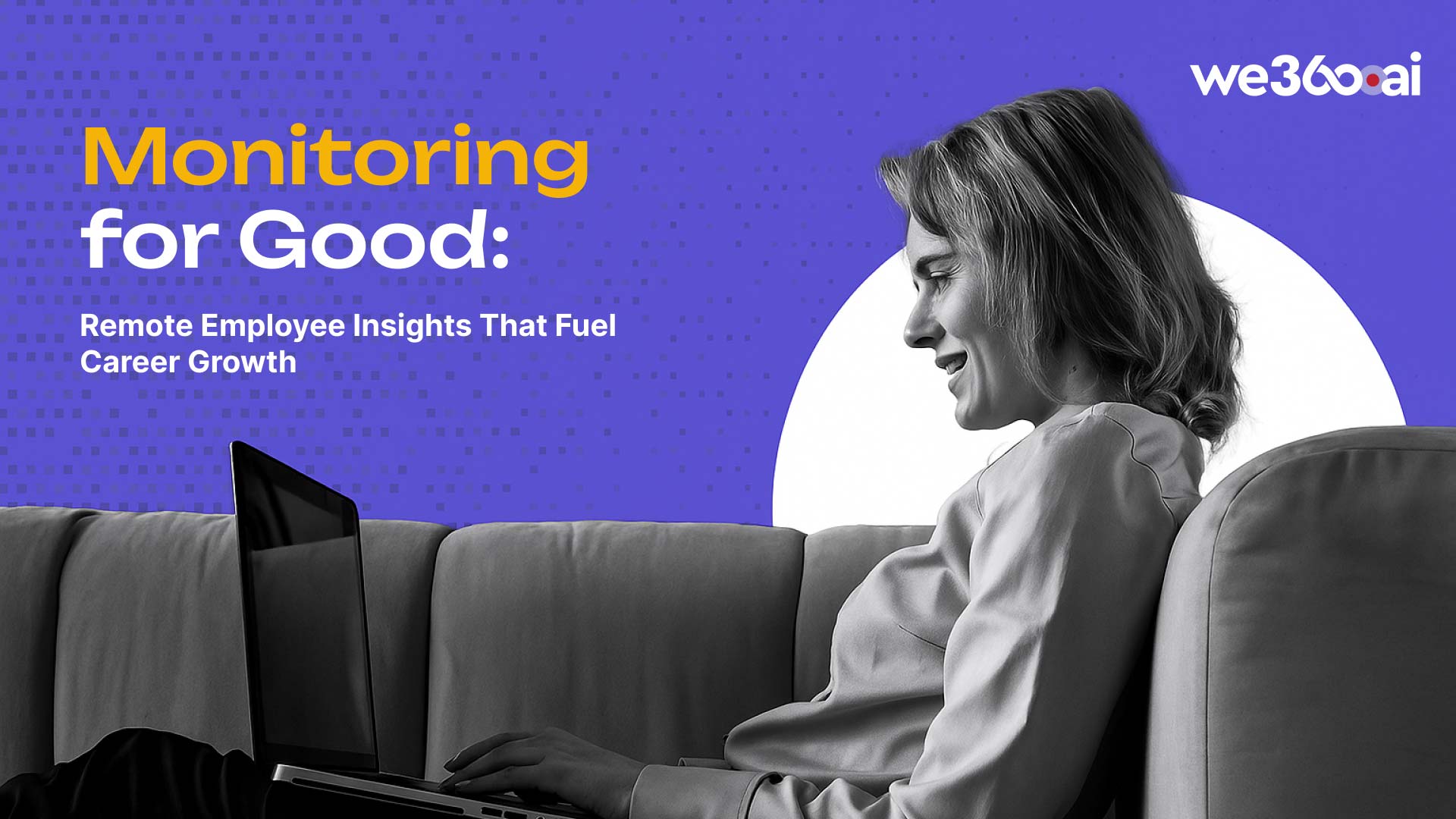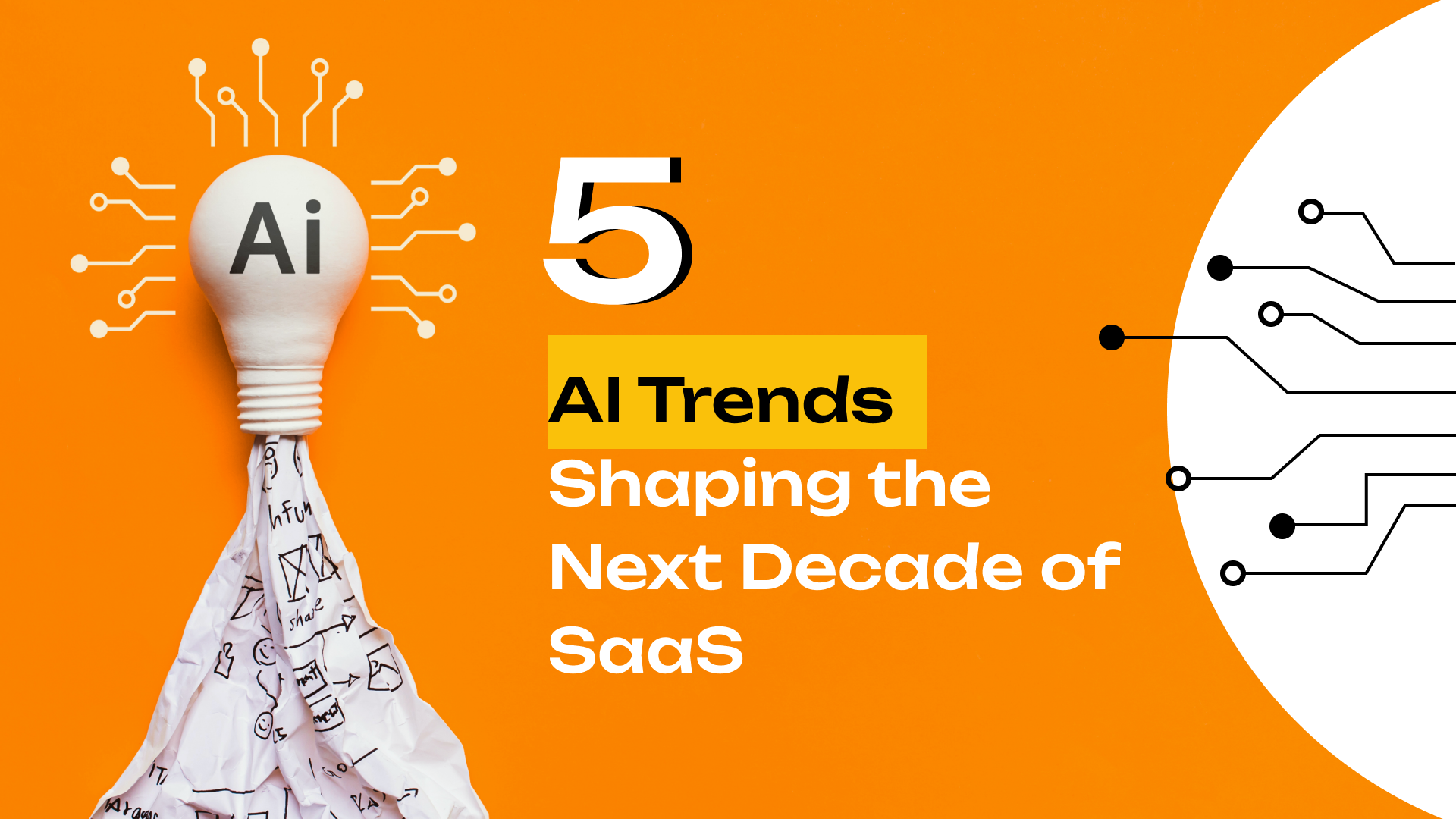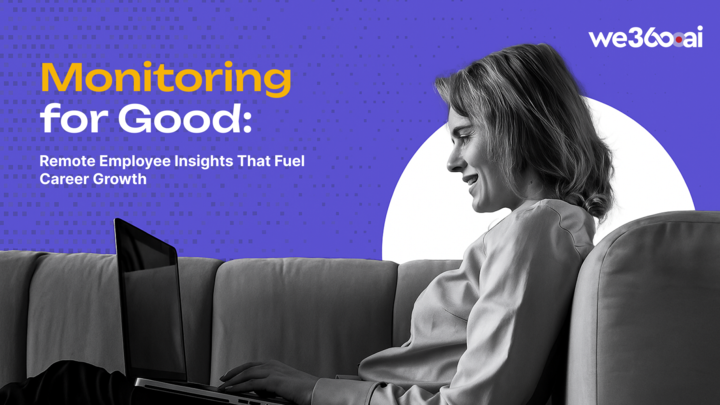It is not surprising that 90% of enterprise analytics and business professionals say that data and analytics are key to their digital transformation
When as an HR working in an organization you are positioned to make decisions you have two choices.
- Go with your gut.
- Take data-driven decisions.
While, you may be overpowered by your gut to take a certain decision, it may not always be the best suited choice.
Reason: You do not have any proven numbers to back-up your decision. By leveraging data you can see proven structures that work with proof.
As a significant survey by Mckinsey Global Institute data-driven organizations are 23 times more potent to garner clients, six times more likely to retain them and 19 times more to be profitable.
There is a reason HR analytics is gaining rapid traction and becoming a disruptive market.
So, let’s delve into data analytics for HRs and see how it is shaping up current business setup.
What is HR analytics?
HR analytics also known as workforce analytics or people analytics refers to strategic collection, analysis and interpretation of employee data.
It is a valuable tool in HR management enabling businesses to attract, hire and retain high performing employees. HR analytics empowers companies to make better decisions enhancing companies’ positioning and internal workflow.
What is data-driven decision making (DDDM)?
Data-driven decision making is the process of identifying KPIs of your company and using its metrics to make decisions that improves its positioning.
Here is a Redditor talking about how to make data-driven decision instead of merely gut.

Types of HR analytics
HR analytics can be broadly classified under four categories. Descriptive, diagnostic, predictive and prescriptive.

- Descriptive analytics: It is an approach to use hindsight data to make decisions. For instance looking into the performance of underperforming employees in a certain skill set to propose training them in that domain.
- Diagnostic analytics: This goes into the core question of why there was a trend the way it was. For instance, if a particular segment or skill set of employees was poor then why was it that way. This enables HRs to dig in-depth and eradicate the reasons behind it.
- Predictive analytics: It helps HRs to find out based on a certain trend what is going to happen in future. For example - if there is going to be a skill gap for a certain skill. Or, if a certain batch of new employees needs training in soft skills.
- Prescriptive analytics: The analysis into if a certain behavior is going to happen in future then what is the step that needs to be taken to keep it at bay. If a certain batch of employees needs training in a certain skill then what needs to be done to overcome it. For instance hiring people upfront who are adept at that technology.
While there are measures that can be taken to combat any situation there are certain best practices HRs can take to optimize the analytical ability.
Are you looking to improve your workforce productivity?
Click here to know how
HR analytics best practices
People analytics has become increasingly popular. It’s stated that organizations with satisfied employees are deemed to perform 1.3 times better than their competitors.
In order to derive the best bits from HR analytics here are the best practices you must follow:
- Identify your goal: The HR professional must get in touch with the management to identify what is the goal they are looking to achieve. Are they looking to lower turnover, improve performance of employees, check if the security and compliance standards are adhered to or similarly?
- Leverage the right tools: It is imperative to use the right tool that best fits your organizational strategy.
For instance, if the tool will be used for training the employees as well by integration with other tools? If it needs to be used for payroll and admin as well? Will the tool be used for allotting upskilling programs to the employees.
Based on these factors you may select your tool.
Here are a set of popular tools that are highly utilized for HR analytics:
- Power BI: It helps you visualize data, create interactive dashboards and curate reports for informed decision-making.
- Visier: The tool offers advanced analytics for predictive insight, AI-driven HR intelligence and integration with HRIS and payroll systems.
- Tableau: Get data visualization for HR metrics, custom dashboards and connect with HR data sources.
- SAP SuccessFactors Workforce Analytics: AI-powered workforce planning helping in diversity, turnover and performance analysis. It integrates with SAP HR solutions.
- Workday People Analytics: Get ML-driven insights, employee retention and performance tracking along with predictive analysis.
- BambooHR: HR dashboard with employee insights, turnover rate and engagement tracking.
- ChartHop: Compensation and DEI (Diversity, Equity, Inclusion) insights.
- Lattice: Get performance management analytics, employee engagement and feedback analysis and HR-driven decision making.
- Sisense for HR: It’s used for HR analytics, real-time insights, customizable dashboards, AI-powered reports and connects with multiple HR platforms.
- Focus on data accuracy and quality: If you need correct analysis of your data you need correct inputs for it.
If you think of leveraging data for making analysis ensure it’s accurate and up-to-date. To implement this comply with data governance rules in your organization. Also maintain a synchronicity between your data and IT teams.
You can flag data based on different attributes to heighten its quality and for easy skimming while grouping data. - Pursue new courses regularly: As the market is disrupting with new analytical tools frequently, it may be beneficial for you to update your skills sets.
Join new courses on Udemy, Upgrad or other platforms for HR analytics and stay on top of the trend. - Adopt new policies and stay flexible: Since HR analytics is an ongoing process you cannot rely on one skill set to make strategic policies. Implement time in tweaking your approach every time you’re handling a different use case.
In case you’re studying employee turnover you need a different way to solve this scenario than when you’re aiming to improve employees' performance.
There are dire situations where there is a change or update in government policy like a change in taxable income. Here HRs need analytical tools to work in sync with payroll systems to update the entire salary structure.
Resistance to stay abreast with market and economical standards can lead to slow down the companies’ performance.
- Implement workforce analytics tools: With the help of workforce analytics tools you can easily integrate it with your HR system and draw meaningful insights.
This may include the performance and productivity tracking of an employee. Guiding them in case they are stuck or facing some bottlenecks in their task performance and emphasize and train them to bring out the best version of them.
You’re on the right spot at the right time!
Use HR analytics to lower employee turnover
Benefits of data-driven decision-making for HRs
Data-driven analytics helps improve organizational success by identifying trends. It forecasts outcomes and supports decision making with relation to talent management, performance management and more.
HR analytics is not only important from the HR point of view. It also empowers employees by programs to make decisions for enhancing employee experience and segregating them in terms of performance and upskilling them accordingly.
Here are few factors by which data-driven decision-making helps HRs:
- Employee turnover: With the help of data HRs can pin-point the department with maximum turnover and also the period marking high churn rate. This helps HRs to identify trends and potential bottlenecks that could lead to this and thus reduce attrition.
As a lot of cost goes into hiring and training an employee, HR analytics can help foster an environment of collaboration and thus lower the turnover by taking preventive measures. - Increase job satisfaction: By conducting surveys and constant feedback on job roles HRs can take measures to improve job satisfaction levels.
This also helps boost employee morale and empower HRs to strategically make effective policies. - Implement talent management: With HR analytics, HRs can chalk-out their employees strengths and weaknesses. This helps them utilize data for enhancing employee skills, single out training outcomes and career aspirations to align employees with respect to their positions.
- Strategic redirection of organization: As each organization has its objectives and mission, HR analytics helps gauge how it is reached and what are the potholes. Collecting, analyzing and comparing HR data with respect to the organizational goals can help reach company’s goal faster.
- Cost optimization: By targeting on weak-areas unnecessary spend is cut leading to cost optimization. For instance, in case a bulk of employees lack a certain skill, it is best suited to train them solely for that instead of targeting other areas that may not be instrumental in company growth.
- Improved productivity and performance: The application of HR analytics is a strategic investment on part of the company. It is a step-by-step action taken by the company to enhance employee performance and positively impact their performance.
- Eliminate biases: People analytics doesn’t lean to a certain direction. It is backed by numbers that provide direct insight into employee performance.
- Competitive advantage: HR analytics can help companies understand the data of their competitors. This helps them comprehend the direction where the company is currently heading. By understanding these gaps, workforce analytics redirects the employee workload and productivity that surpasses performance of their competitor or take the first step towards it.
What are the challenges in HR-analytics?
Although HR analytics comes with its share of benefits, there are a lot of hot areas that implicate challenges. It is especially prominent in the companies that are new to it.
A Redditor breaks it down for how HR analytics can be challenging:

Here are a our take on the challenges HR analytics poses:
- Reliability on data: Although there are several tools available for workforce analytics the reliability, quality and timely access to this data plays a significant role. Oftentimes the data is siloed, incompatible and incomplete leading to poor quality.
- Talent impediments: HR analytics needs accustomization of seasoned HRs with information of data science and business tactics. This is a hard to find skill in one person that needs to design business and workforce statistics.
- Regulatory bodies: While dealing with data it is important to comply with compliance of GDPR, HIPAA and PCI-DSS that makes analysis of data a complex process.
- Geographical barriers: Since different demographics behave differently implementing a certain policy or tactic may not be best-fit for other regions. This means personalized training and programs are essential.
- Ethical consideration: Ensure that the data and algorithms used in HR analytics is free of bias. Feed your tool with accurate data to drive the best results and let go of any inconsistencies. You can also train your tool using machine learning algorithms for best performance.
- Change management: Shifting from strategic decision-making to HR analytics is a looming decision that faces quite a bit of resistance from most organizations. It is still a drift that is taking time to settle with a data-first mindset.
Productivity analytics by HRs use-case
So, we have gained an insight into the HR analytics market and how it’s evolving.
Let’s go through a use case where HR analytics functions effectively.
Scenario: A company is facing a high attrition rate with low employee retention. Although the company has invested lots of funds for training employees there is low job satisfaction and high turnover.
It decides to shift to HR analytics to lower the attrition rate and improve employee satisfaction.
Data collection for:
- The employee data was fetched from the tool including age, tenure, department, job role and location.
- Their KPIs and manager ratings were taken.
- Their salary structure was studied.
- Level of their engagement in company programs and more.
- How dedicated they were in terms of absenteeism and attendance.
- Feedback upon exit.
Data analysis was done:
- Using ML models to identify key factors for attrition.
- Find if a certain team was facing turnover.
- Sentiment analysis to study employee mindset.
Strategies:
- Find employees on the verge of leaving.
- Train managers to improve engagement and address any dissatisfaction.
- Salary readjustments with satisfactory appraisals.
- Learning programs to upskill employees.
Result:
- There was a lower turnover by X%.
- Lower recruitment cost.
- Improved employee satisfaction.
Invest in HR analytics for competitive edge
HR analytics gives you a holistic view of your employees behaviour, performance and productivity. You can lower turnover, gain employee trust and foster an environment of collaboration.
we360.ai is a people analytical tool using which you can improve employee productivity by 52%.
Book a DEMO now and be one step closer towards a competitive edge.














